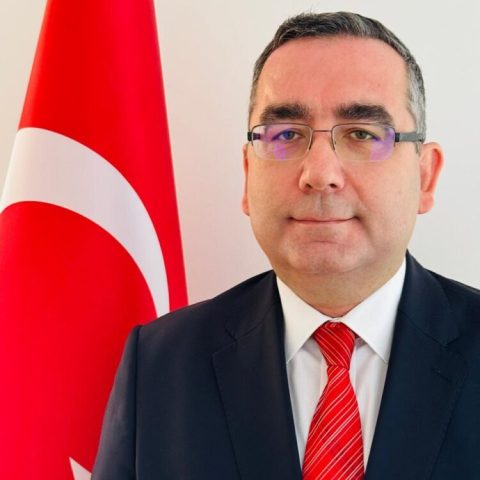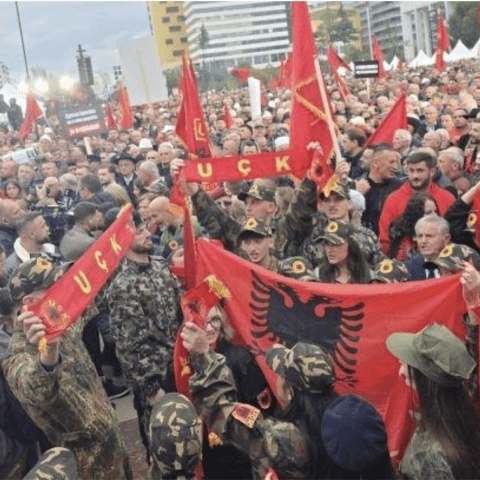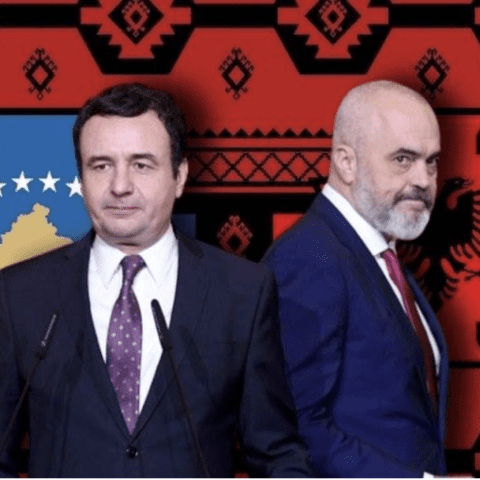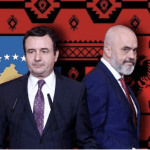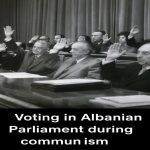Change font size:
By Veton Surroi The first lesson of the events of these days in the four northern municipalities of Kosovo is that the conflict between Kosovo and Serbia is not over. Even after 24 years, since Serbia signed the capitulation with NATO, it still has not signed the peace and cooperation agreement with Kosovo. During various negotiation processes, for which the European Union has been authorized, Serbia has consistently defended its position on keeping the conflict with Kosovo unfinished. This conflict is called the “final status” of Kosovo, which according to Serbia is still undefined, and for the determination of which…



